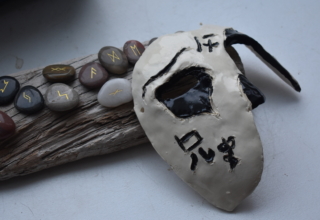
John Gardner’s books, Excellence: Can We Be Excellent and Equal, Too? (1961) and Self-Renewal (1963) were carried with us for years. We accepted his challenge to answer this and other important questions and in the process constructed a healthy model for achieving personal excellence. As a result, our belief today is that there are good ways to approach excellence and equality when we learn to: (a) create personal standards of guiding ethics with intentional, positive, emotional skills to pursue skills-based change; (b) set, establish, and pursue personal goals daily to achieve positive, skills-based change; and (c) develop/use constructive thinking to shape wise behavior with PERL skills for positive personal change. These three research-derived guiding principles that we developed based on Gardner’s initial challenge can be useful to inform professional coaching as coaches work with their clients to maximize potential. In short, we agree with Gardner that there are multiple ways of measuring people. According to Gardner (1961),
There is a way of measuring excellence that involves comparison between people–some are musical geniuses and some are not; and there is another that involves comparison between myself at my best and myself at my worst. It is the latter comparison which enables me to assert that I am being true to the best that is in me–or forces me to confess that I am not. (p. 128)
From our perspective, it is important to include a discussion about our background because those meaningful experiences provided the framework for us to develop our positive assessment instruments and our approach for using them in professional coaching scenarios. With that background, we now turn our attention to our emotional learning system, a model that we integrate with positive assessment in our professional coaching practice.
Using the Emotional Learning System and Positive Assessment in Professional Coaching
Our five-step approach to learning and applying emotional intelligence is valued by coaches who desire a systematic process for assisting themselves and their clients in the personally meaningful development of important PERL skills. Presented in Figure 3, the Emotional (Intelligence) Learning System (ELS) embeds Rogers’s curious paradox by acknowledging the importance of experiencing feelings through reflection (moving from receiving emotional information clockwise) rather than reacting to feelings (moving counter-clockwise and the wrong direction). An initial conscious decision is required to interrupt the impulse to react to strong feelings in favor of following the emotionally reflective path of the ELS. That critical decision reengages the cognitive mind and begins to rebalance a system that is in an unbalanced state (review Figure 2, Panel D). Positive change is best achieved when it is self-directed and personally meaningful, and so the ELS focuses on the internal frame of reference throughout the learning process.













